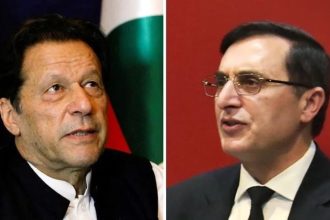Pakistan’s Ministry of IT and Telecommunication (MoITT) has unveiled plans to transform the nation’s digital landscape through the National Fiberization Policy.
The initiative, part of the Digital Economy Enhancement Project (DEEP), aims to connect 7.5 million households to fibre-optic networks and achieve 80% fibre-to-the-site (FTTS) coverage by 2030, while boosting average download speeds to 60 Mbps.
The policy focuses on expanding Pakistan’s fixed broadband infrastructure to support emerging technologies like 5G and the Internet of Things (IoT). Key objectives include:
- Extending fibre-optic connectivity to 7.5 million households.
- Achieving 80% FTTS coverage for robust digital access.
- Streamlining deployment through private sector investment and simplified regulations.
A Project Management Unit (PMU) will oversee the policy’s development, hiring a consultancy firm via competitive bidding to finalise the framework. The Telecom Wing of MoITT, in collaboration with the Pakistan Telecommunication Authority (PTA), is leading stakeholder consultations to establish cost-sharing models and single-window clearance systems.
Pakistan currently has 211,000 km of optical fibre cable (75,967 km long-haul, 135,506 km metro), but officials note this falls short of rising demand. The policy tackles barriers like high right-of-way (Row) charges and complex approvals, while promoting infrastructure sharing and local manufacturing of fibre-optic components to reduce import reliance.
The policy aligns with Pakistan’s economic goals by fostering a future-ready digital ecosystem, enhancing connectivity and supporting innovation. The final draft is expected by year-end 2025.






